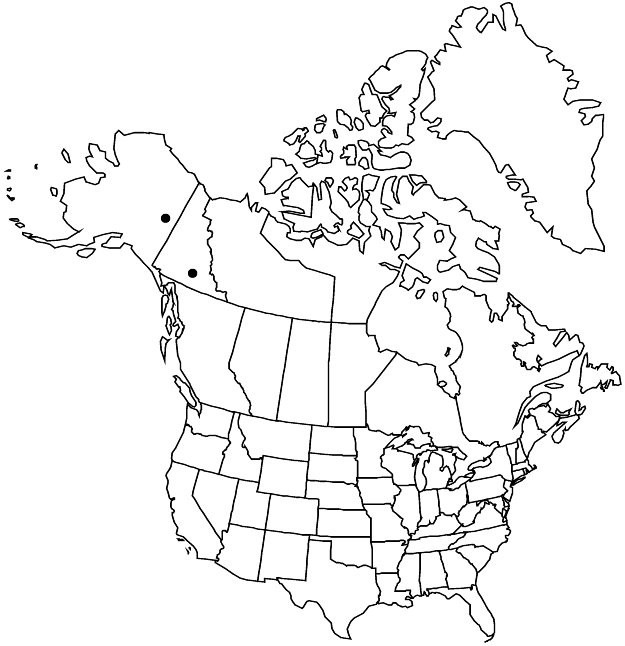Difference between revisions of "Stellaria alaskana"
Bot. Not. 1943: 264, fig. 5e, f. 1943.
FNA>Volume Importer |
FNA>Volume Importer |
||
| Line 48: | Line 48: | ||
|publication year=1943 | |publication year=1943 | ||
|special status= | |special status= | ||
| − | |source xml=https://jpend@bitbucket.org/aafc-mbb/fna-data-curation.git/src/ | + | |source xml=https://jpend@bitbucket.org/aafc-mbb/fna-data-curation.git/src/f6b125a955440c0872999024f038d74684f65921/coarse_grained_fna_xml/V5/V5_203.xml |
|subfamily=Caryophyllaceae subfam. Alsinoideae | |subfamily=Caryophyllaceae subfam. Alsinoideae | ||
|genus=Stellaria | |genus=Stellaria | ||
Revision as of 20:07, 24 September 2019
Plants perennial, forming compact clumps, from elongate rhizomes. Stems ascending, branched at base, square, 3–10(–20) cm, glabrous. Leaves clustered near base of each shoot, sessile; blade green, rarely glaucous, lanceolate (rarely narrowly so) to elliptic- or ovate-lanceolate, 0.8–2 cm × 1–7 mm, coriaceous, base round to cuneate, margins entire, apex acute to acuminate, glabrous. Inflorescences terminal, flowers usually solitary, rarely 2–3 on elongate pedicels; bracts narrowly lanceolate, 2–8 mm, scarious. Pedicels erect, 1–50 mm, glabrous. Flowers 10–20 mm diam.; sepals 5, 1–3-veined, narrowly lanceolate, triangular, (6.5–)7–10 mm, margins narrow, scarious, apex acuminate, glabrous; petals 5, equaling or shorter than sepals; stamens 10; styles 3, ascending. Capsules green to straw colored, narrowly conic, 6–8 mm, equaling sepals, opening by 6 valves; carpophore absent. Seeds light brown, broadly reniform, 0.8–1.2 mm diam., rugose.
Phenology: Flowering summer.
Habitat: Rocky outcrops, talus slopes, gravelly moraines, marshy grasslands
Elevation: 0-2300 m
Discussion
Stellaria alaskana is closely related to S. longipes; it differs in its exceptionally long, narrow, prominently veined sepals and larger flowers in which the petals are usually shorter than the sepals. Some specimens appear to intergrade with S. longipes. The single lowland record, from the Alaska Peninsula, is from one such intermediate population. Although it has the characteristic sepals of S. alaskana, it is a straggling plant with elongate stems and narrow, linear-lanceolate leaves.
Selected References
None.
